It is very true that South America has enormous strength worldwide in World Cups, and it is also true that North America has not yet managed to have titles outside its confederation. This is why there is a great bet from all economic and sports sectors in the United States to grow. For example, in Miami, Beckham is very excited about the idea of Messi playing in the city of sun, and there are many examples like this throughout the US.
Undoubtedly, the continuity of two mega soccer events in the United States will mark a milestone in sports, advertising, and tourism, where brands, marketing, and experiences will have a new development that can only be equalled or surpassed by having the United States as the axis, as Qatar did with the absolutely differential staging in the history of the World Cups.
The rumor and dream of Messi playing in Miami
The next Copa America 2024 will be played in the United States, as it happened when they were the organizers of the special edition Copa America Centenario 2016. This tournament will be co-organized by Conmebol and Concacaf and will be used by the North American country as a preview of the 2026 World Cup, where they will be hosted along with Canada and Mexico.
When will it be played?
The next summer of 2024 in the United States. Although the tournament was originally scheduled to take place in 2023, Conmebol decided to postpone it for one year to synchronize the Copa America calendar with that of the Euro Cup. Pending the official date, the Copa America 2024 would start between June and July.
Which teams will participate?
There are 10 Conmebol teams that will participate in the next edition of the Copa America 2024. In addition, Conmebol detailed that six invited teams from Concacaf will be included. In total, the Copa America in the United States will have 16 participants:
Argentina
Bolivia
Brazil
Chile
Colombia
Ecuador
Peru
Paraguay
Uruguay
Venezuela
United States
Invited:
Canada and Mexico, three available spots remain without their respective official designations.
Despite being from Asia, Qatar continues to fight for its presence, as it did in the 2019 edition in Brazil for the first time in its history. Japan follows the same path. The other nations that claim their presence because they belong to America are Costa Rica, Panama, Jamaica, El Salvador, and Honduras, the others that reached the final octagonal of the Eliminatory of their Confederation towards the 2022 World Cup.
Everything indicates that, by mid-2022 at the latest, the 16 chosen ones will already be officialized. With the host United States, Argentina, and Brazil as the top seeds, the remaining slot in that sense to complete the four groups will be disputed by Mexico and Uruguay, with the charrúas having the best chances.
Below is the number of times each country in America has won the Copa
Argentina (last winner): 15 times (1921, 1925, 1927, 1929, 1937, 1941, 1945, 1946, 1947, 1955, 1957, 1959, 1991, 1993, 2021)
Uruguay: 15 times (1916, 1917, 1920, 1923, 1924, 1926, 1935, 1942, 1956, 1959, 1967, 1983, 1987, 1995, 2011)
Brazil: 9 times (1919, 1922, 1949, 1989, 1997, 1999, 2004, 2007, 2019)
Chile: 2 times (2015, 2016)
Peru: 2 times (1939, 1975)
Paraguay: 2 times (1953, 1979)
Colombia: 1 time (2001)
Bolivia: 1 time (1963)
Has the Copa America ever been played with all of the continents in the USA?
There was a tournament known as the "Copa America Centenario" that was played in 2016 with the participation of all national teams of Conmebol (South American Football Confederation) and six national teams of Concacaf (Confederation of North, Central American and Caribbean Association Football): United States, Mexico, Costa Rica, Jamaica, Panama, and Haiti.
This tournament was organized to celebrate the centenary of the first edition of the tournament in 1916 and was played in the United States, marking the first time the Copa America was played outside of South America. The Copa America Centenario was won by the Chilean national team, who defeated Argentina in the final on penalties.
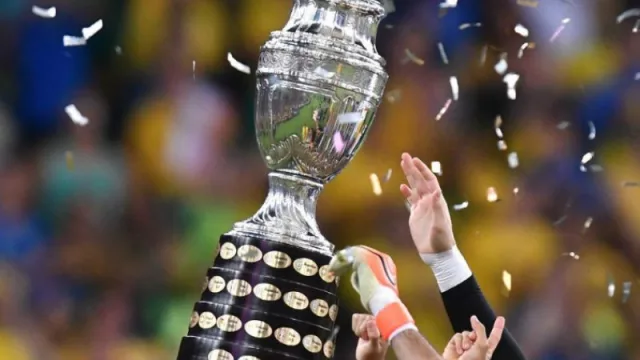
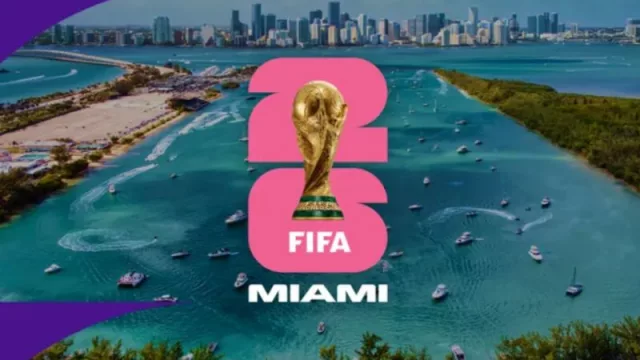


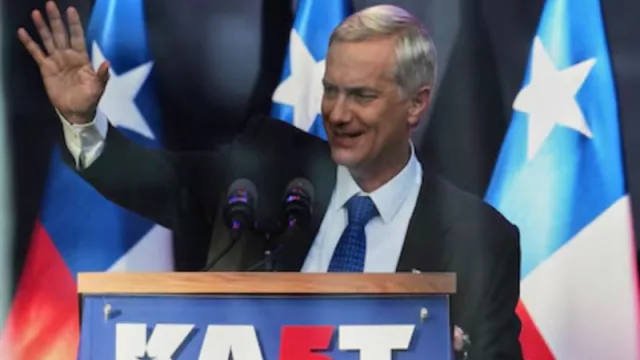


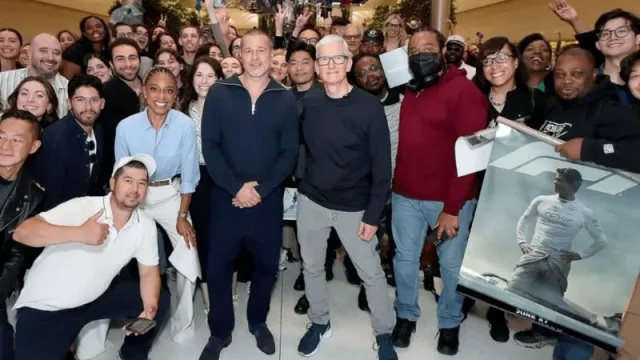

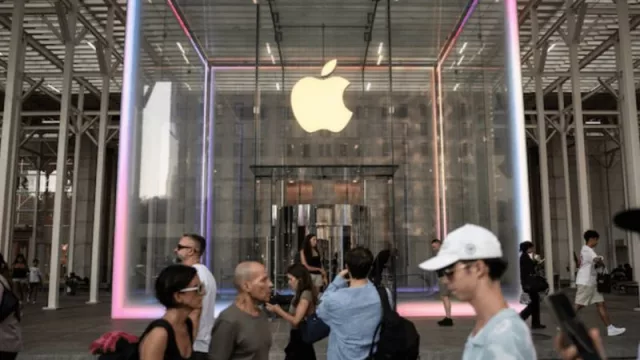
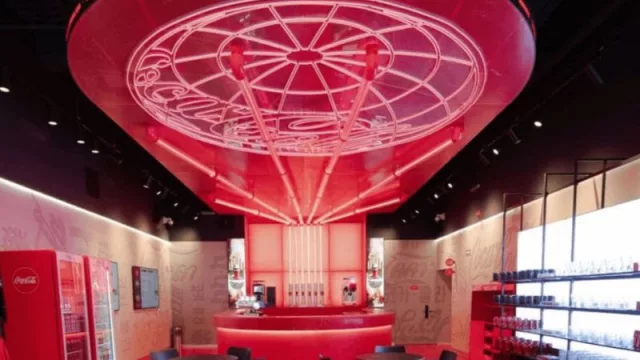

Tu opinión enriquece este artículo: